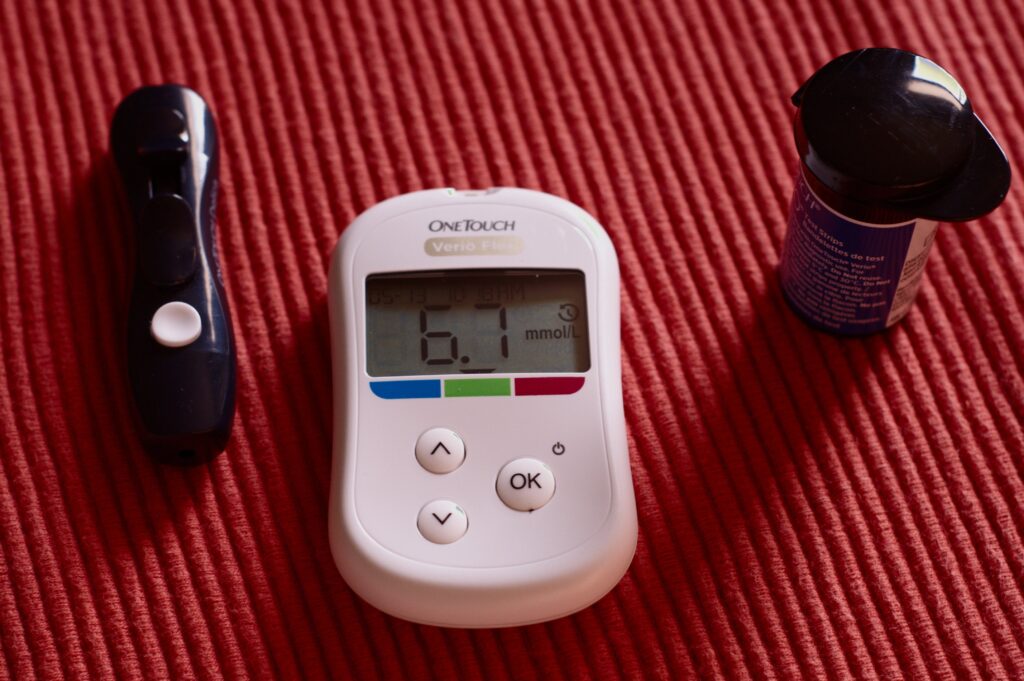Most of us think about our body posture. But who thinks about tongue posture! You will be surprised to know that our tongue posture, also known as tongue positioning, is vital. If the position is not correct, it can result in dental and orofacial issues. So today we are here to discuss the right tongue position. Let’s check it.
What is proper tongue posture?
Ideally, when our tongue is at rest, it should touch the roof of the mouth behind our front teeth. This position should be comfortable. We should not feel any discomfort in this proper tongue position.
The tip of the tongue should not rest low on the floor of your mouth.
Now, you may think when we are talking, what is the proper tongue position. Does it the same when the tongue is at rest? The answer is absolute no. The proper position of the tongue differs when we are talking, that is, during speech. The tongue has a vital role incorrect speech. If the tongue position is abnormal during the speech, the sound becomes different, it is difficult too for the listener to understand.
For example, when we make the sound “a”, the tongue ideally should be placed lower than its neutral position. But when we make sounds like “I”, “u”, “g” then the position of the tongue should be above the neutral position. The tongue goes back inside the mouth when we make the sound “o”. So depending upon the sound we make, the tongue changes its posture, and this is normal.
When we swallow, the tongue should be held against the roof of the mouth. Some children habit pushing their tongue forward through the teeth during swallowing; this is known as tongue thrust. Tongue thrust habit leads to dental and orofacial problems if not corrected early.
Correct tongue posture results
The benefits of correct tongue posture are
- Proper alignment of teeth
- Improved breathing
- Uninterrupted orofacial muscle function
- Healthy temporomandibular joint
- Proper speech
Incorrect tongue posture issues
Abnormal or improper tongue posture results in many dental and orofacial issues. The following are the problems one may face if the positioning of the tongue is improper.
Speech problem–
Difficulty in speech and speech dysfunction like articulation disorders are associated with an improper tongue posture. So sounds become distorted, which are difficult to understand.
Malocclusion-
Malocclusion means when the upper and lower teeth are not aligned properly. Children who have improper tongue posture have a higher chance of developing anterior open bite, an unusual gap between upper and lower front teeth when the mouth is shut. Why does this happen?
If the tongue gives pressure on the front teeth unusually, the front teeth change their normal alignment with time. The front teeth move outward in comparison to other teeth. As a result, an abnormal space is created between the upper and lower front teeth. The tongue tries to come out through this space, even when the mouth is shut. So, the facial look changes. The lip region looks bulky outwardly.
Temperomandibular Joint pain-
When we can not maintain a correct tongue posture, the normal arrangement of the tooth and associated muscle position changes. Normal functioning of the temporomandibular joint is dependent upon normal tooth position, normal muscle function.
Due to the disparity of the tooth position and muscle function, the temporomandibular joint function is hampered. As a result, pain in the TMJ region, clicking sound, and many TMJ associated issues develop.
Snoring and sleep apnea-
If the tongue is placed in more posterior position during sleep inside the mouth, it affects normal breathing. So snoring and sleep apnea can occur.
Tongue posture and breathing-
Poor tongue posture may lead to mouth breathing. Mouth breathing may additionally cause bad breath, gum problems, etc. Incorrect positioning of tongue can cause breathing difficulty. For normal breathing air should pass uninterruptedly. If tongue falls in posterior position and blocks the passage, air can not go through the air passage. As a result difficulty in breathing occurs.
Tongue posture exercises
To improve tongue positioning or posture, you can do a tongue posture exercise. You can do it at home on your own time. Your dentist can guide you on how to do tongue posture exercises. Be more careful about your tongue posture, especially when the tongue is at rest. Practice proper tongue posture regularly. You can follow the following
- Place the tip of your tongue against the roof of your mouth in the hard palate above your upper front teeth.
- Next, use suction and pull the rest of the tongue flat against the roof of your mouth, which is a hard palate.
- Allow your mouth to close comfortably.
- Hold the tongue in that position.
- Breath normally without any discomfort.
Do this exercise regularly several times. The more you do it, the more you will get used to proper tongue positioning.
Incorrect tongue posture corrector treatment
Orofacial myofunctional therapy-
This therapy helps us to learn the correct resting posture of the tongue. This treatment may also involve exercises of proper tongue posture. Children are encouraged to consciously rest the tongue in the proper position and be conscious about mouth posture. When the proper tongue posture is maintained and followed, it resolves the speech issues. The more early one grabs the good tongue posture habit, the more early one gets good results.
Prolonged improper tongue posture changes tooth position and muscle function, so in that case, treatment becomes more complex. Early intervention of improper tongue posture is always recommended.
Braces and other orthodontic appliance-
To treat malocclusion, braces and the orthodontic appliance is given. These help to correct occlusion. Based on the severity of malocclusion, the duration of treatment varies.
Surgery-
Usually, surgery to reshape the jaw is not needed. But for very severe cases, sometimes surgery is recommended.
Takeaway:
Proper tongue posture is vital to avoid various dental and orofacial health issues like misaligned teeth, tongue thrust, mouth breathing, etc. We need to be aware of our tongue posture. It is easy to maintain.
A proper tongue positioning should be comfortable. Suppose you are used to improper tongue posture initially. In that case, you may feel discomfort when trying to hold your tongue in a proper position. But with time, you will get used to this proper tongue posture. A correct tongue posture is beneficial to your health. So don’t avoid proper tongue positioning. If you have any confusion or have specific questions, never hesitate to talk with your dentist. Stay healthy and happy.





